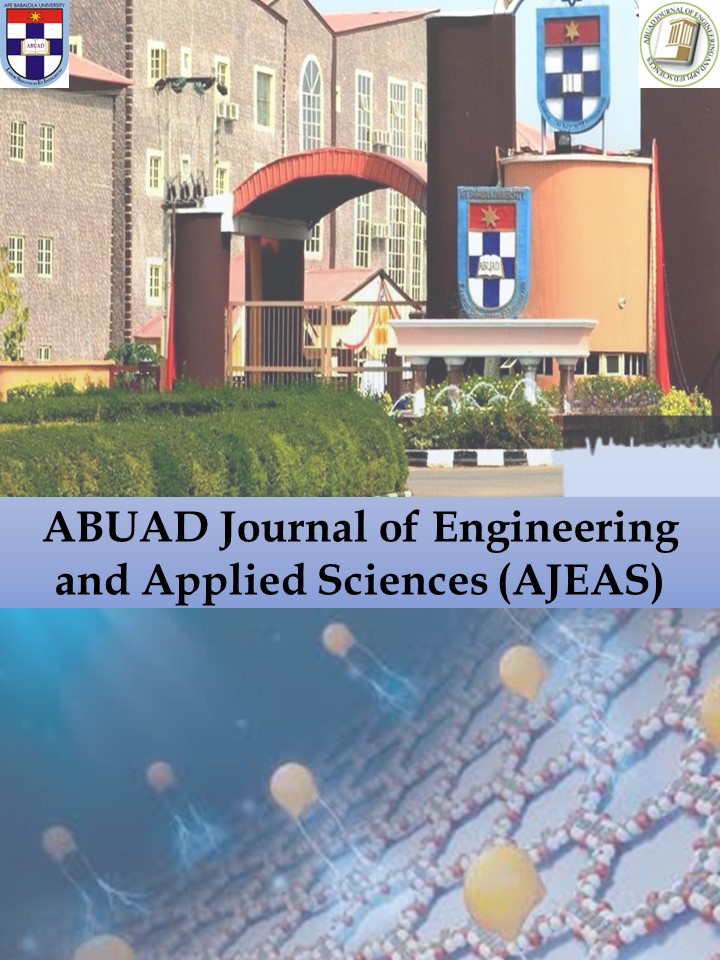Thermodynamic Analysis of Modelled and Simulated Heat Pump Drying System Using Azeotropic Mixture of Organic Working Fluids
Main Article Content
Abstract
It is well-known that the choice of working fluid significantly impacts the performance, cost estimation, and environmental effect of a heat pump. In this study, the performance of pure working fluids (dimethyl ether and ethanol) was compared with that of azeotropic mixture working fluids used in vapor compression heat pumps. The study also examined the effect of compression ratio and different compressor models on the performance of a vapor compression heat pump for heating processes and drying tomato slices at an air temperature of 40 °C and an air flow rate of 200 kg/hr. Using ethanol as the working fluid at evaporating and condensing temperatures of 10 °C and 15 °C, respectively, the specific moisture extraction rate was 0.2112 kg/kWh, and the Carnot coefficient of performance was 57.60. The study demonstrated a COP improvement of more than 15% for azeotropic mixtures compared to a pure working fluid. The maximum overall energy efficiency and exergy efficiency, achieved with Mixture II, were 5.68% and 27.32%, respectively. As suction pressure increased while maintaining constant discharge pressure, the compression ratio and work done by the compressor decreased, while the system's overall energy efficiency, and overall exergy efficiency improved under the given conditions.




